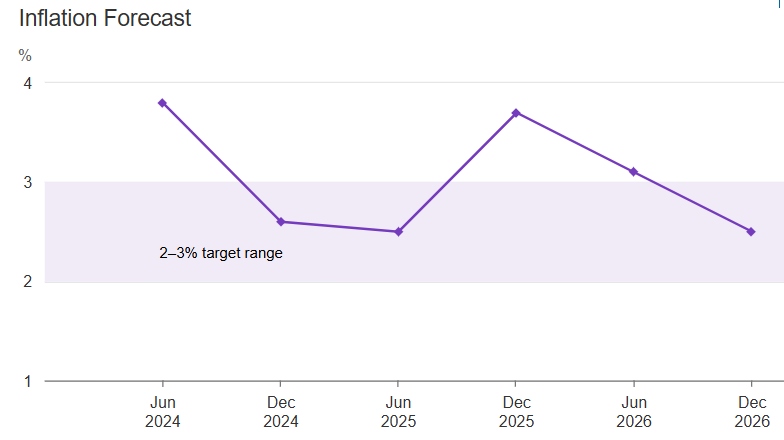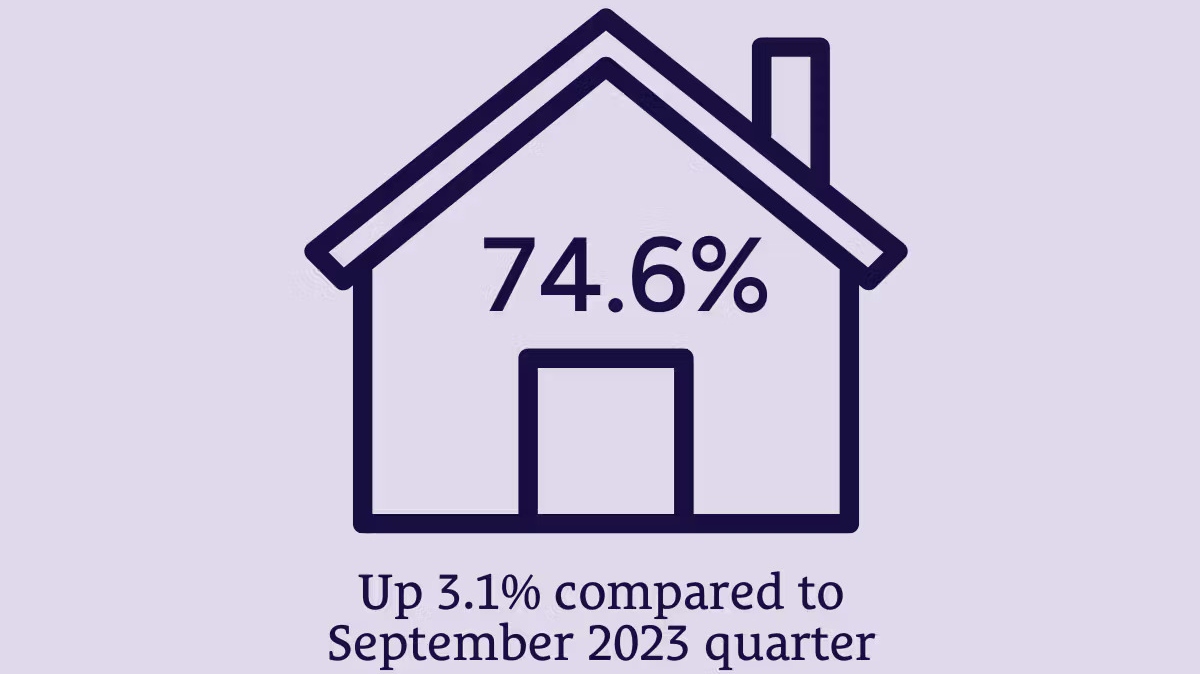Property price predictions + Inflation concerns + Brokers set record

Australia’s property markets could face a mixed year ahead, according to SQM Research managing director Louis Christopher’s latest Housing Boom and Bust Report.
In his base case scenario, national dwelling prices are forecast to rise by up to 4%. However, there are significant variations across the capital cities with Perth expected to outshine its counterparts with potential price growth of up to 19%. Brisbane, Adelaide and Darwin are also predicted to outperform the national average.
Meanwhile, Sydney and Melbourne could see moderate declines of -5% to -1%, while Canberra faces the steepest falls of -6% to -2%.
The forecast hinges on key factors, including a predicted interest rate cut of 0.25% to 0.50% in mid-2025, population growth of over 500,000 and no new inflationary outbreaks.
In a more optimistic scenario, an early rate cut in February could drive national price growth of up to 10%, with Perth surging 15-20% and Sydney and Melbourne recording growth of up to 7% and 6%, respectively.
More pessimistically, if rate cuts fail to materialise and population growth slows (scenario 4), Mr Christopher believes dwelling values could decline by up to 4% nationally, with Sydney and Melbourne hardest hit.

RBA remains concerned about inflation
In disappointing news for anyone hoping for imminent interest rate cuts, the Reserve Bank of Australia (RBA) has forecast that inflation will rise in the second half of next year.
The RBA has been using higher interest rates to slow the economy and thereby reduce the inflation rate to within its target range of 2-3%. Although inflation recently fell to 2.8%, the RBA has made clear that interest rates will need to be “sufficiently restrictive” until it is confident that inflation is “moving sustainably” towards its target range.
New RBA forecasts suggest inflation will fall to 2.5% by the end of this year, “owing primarily to cost-of-living support measures provided to households”, but then rise to 3.7% by December 2025, because energy rebates are scheduled to be withdrawn at the end of June 2025.
Furthermore, the RBA’s forecasts “do not see inflation returning sustainably to the midpoint of the target until 2026”.
Based on those forecasts, the RBA may feel it needs to keep interest rates higher for longer – which, in turn, means it might be some time before mortgage rates start falling.

Broker market share hits record 74.6%
Home loan customers are turning to mortgage brokers in record numbers, according to new data from Comparator, which was commissioned by the Mortgage & Finance Association of Australia (MFAA).
Brokers originated a record 74.6% of all new home loans in the September quarter, compared to 25.4% by banks and other lenders.
“This result continues to highlight that mortgage brokers are the preferred choice for borrowers navigating today’s complex lending environment,” said MFAA CEO Anja Pannek.
“It’s about much more than securing an interest rate. Mortgage brokers are bound by the Best Interests Duty and provide a wealth of value to their clients. They help borrowers understand their financial options, identify opportunities to adjust household budgets and work tirelessly to find tailored solutions.”

